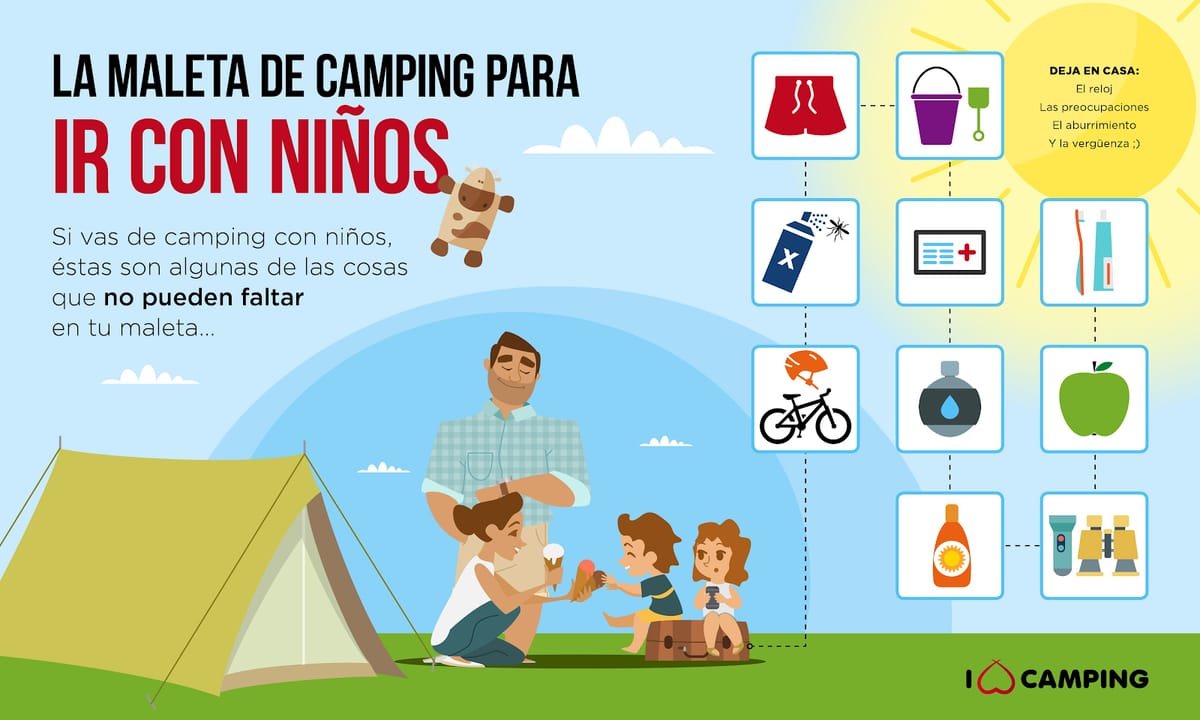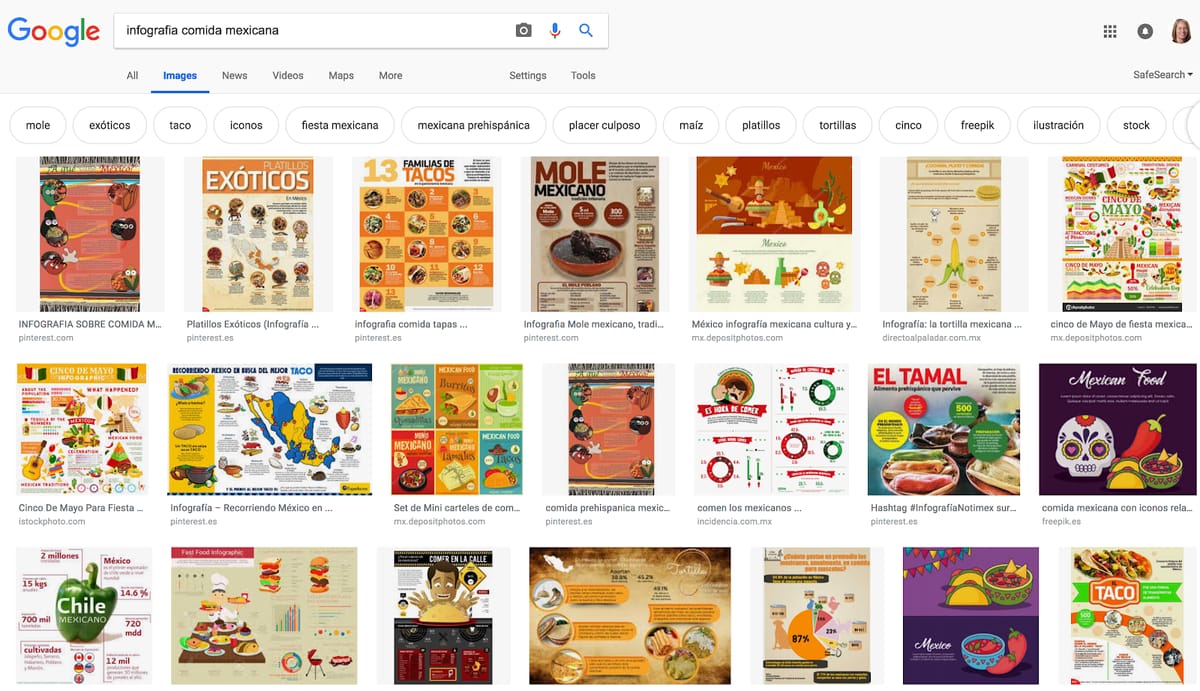story

Authentic Resources

Blog
Authentic resources. That buzz word seems to be everywhere these days. It’s thrown around as if it were a beach ball in Miami.
Share

Authentic resources. That buzz word seems to be everywhere these days. It’s thrown around as if it were a beach ball in Miami. They are mentioned in ACTFL’s Six Core Practices. It is assumed that everyone is using them, or at least knows that they should be. But, do they? Let’s talk a bit about the basics of authentic resources: what are they, where to find them, and how to use them.

In their book, Enacting the Work of Language Instruction: High-Leverage Teaching Practices (2017), Eileen Glisan and Richard Donato define authentic resources as “texts, be they printed, audio, or video, that are created for various social and cultural purposes by and for…users of the target language.” Essentially, they are anything, such as a song, poem, menu, blog, advertisement, announcement, commercial, etc. that was created by someone who speaks a certain language to be used by someone who speaks that same language. It serves a purpose for that community and was never intended to be used in a language classroom.
Being a world language teacher in 2019 is way easier than it was when I started teaching in 1994. The internet has made using authentic resources in our classes much easier, almost too easy. There are so many to choose from that it can often seem overwhelming. A simple Google Image search of the topic we are looking for can often produce so many results that we end up going down a rabbit hole and find ourselves climbing out of it hours later. I have the best results when I search for, in the target language, the type of resource I am looking for (infographic, ad, video, etc.) and the specific topic (Mexican food, school supplies, etc.). Here are the results I got when I entered “infografia comida mexicana”:

There are many incredible teachers who have spent a lot of time curating Pinterest boards of authentic resources to share with us. A couple of those teachers, for example, are:
With a little searching, you can find a lot of great teachers who have already found incredible resources and are willing to share them via Pinterest, their website, or other social media platforms.

Now that you have access to more authentic resources than you could possibly ever use, what can you do with them? The answer is a lot! These valuable teaching resources, which are naturally full of culture, can and should be integrated throughout each and every unit. Some teachers worry that their students will not be able to understand authentic resources until they are in the upper levels of their language study. However, these resources can be used at any level by following the strategy of “edit the task, not the text” and creating activities that allow students to interact with the resource at their proficiency level (see the ACTFL Can-Do Statements). Authentic resources work wonderfully during the anticipatory sets to really get the student’s attention and hook them into the lesson. Use them during a vocabulary lesson to introduce the new words related to your topic. Maybe even have students create their own vocabulary lists based on the words from the resources! You can use authentic resources during grammar lessons to show the target structure in use. Allow students to discover the grammar rules by seeing how native speakers use the language. Use them as a springboard to elicit specific vocabulary or grammar structures from your students during interpersonal or presentational activities. After using authentic resources in your units, incorporate them into your assessments, as well. Use one in the interpretive listening or reading task of your next Integrated Performance Assessment.
This is just the tip of the proverbial iceberg on this topic. If you haven’t been using authentic resources, I hope you are now motivated to try a few. Stay tuned for future blog posts about how to more specifically use authentic resources in your lessons with ideas you can apply in your own classes.
For more ideas about using authentic resources in your classroom, check out the next part of this series where Cristin shares 4 types of authentic resources and how to use them.

Share:
story

Authentic Resources
story

Authentic Resources
story

Authentic Resources